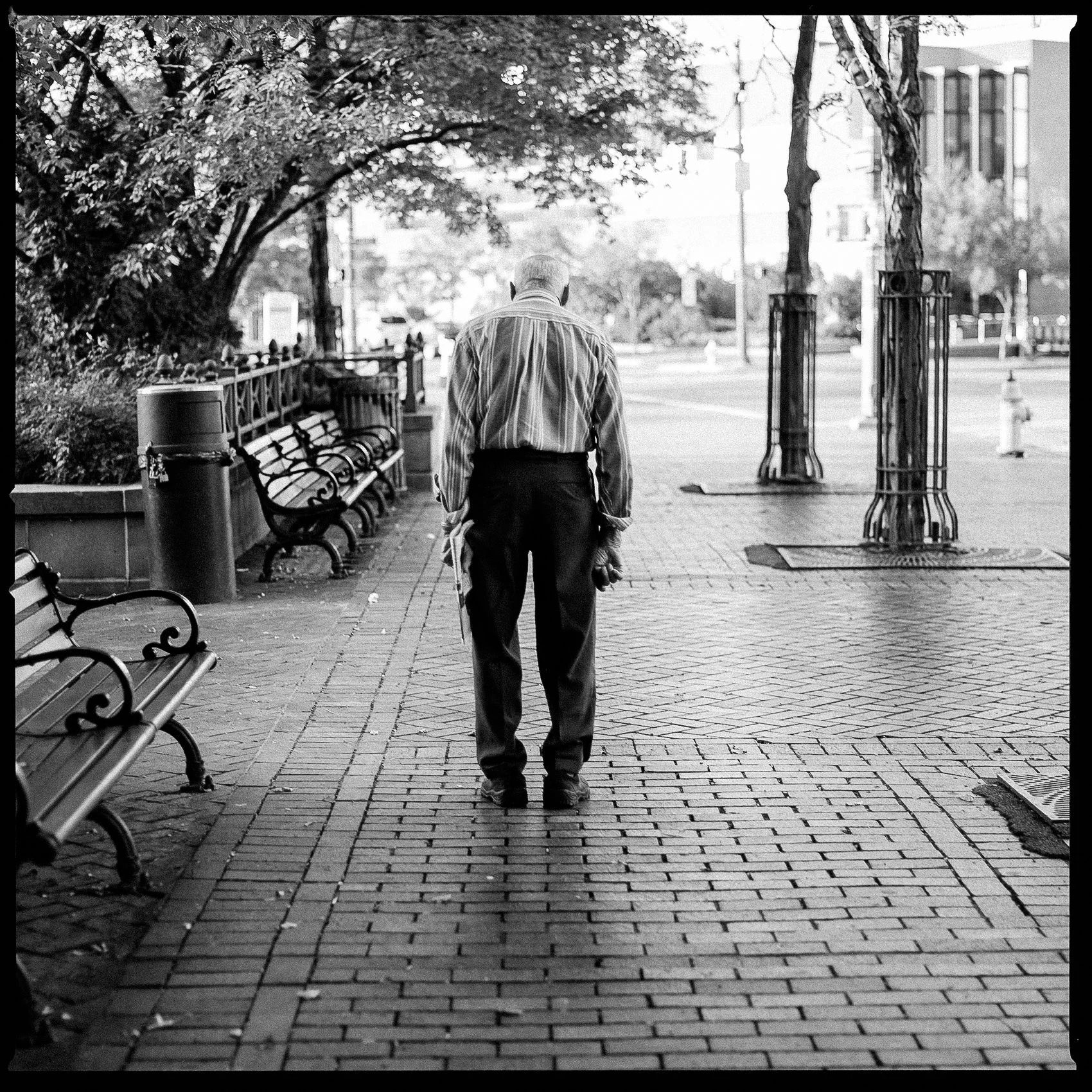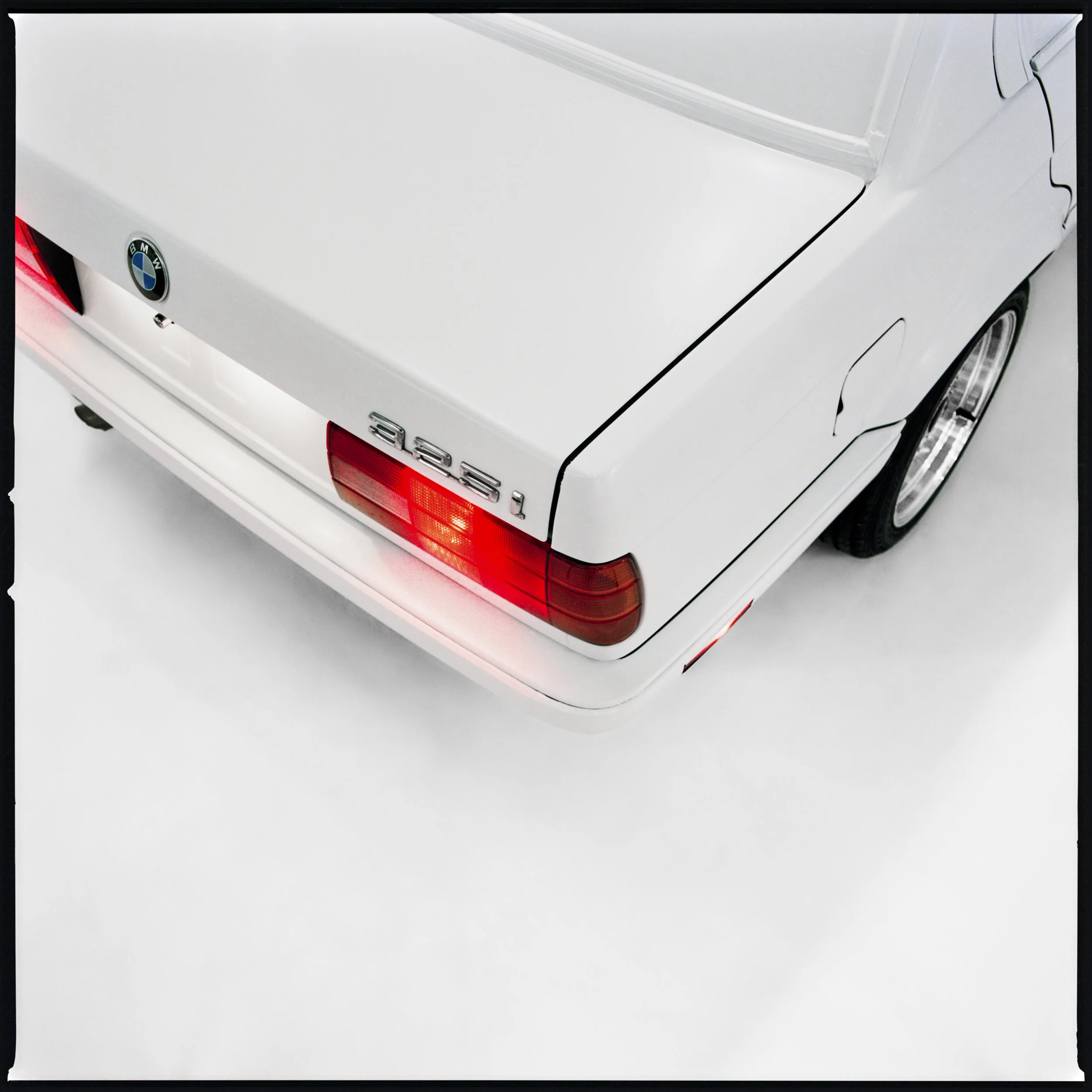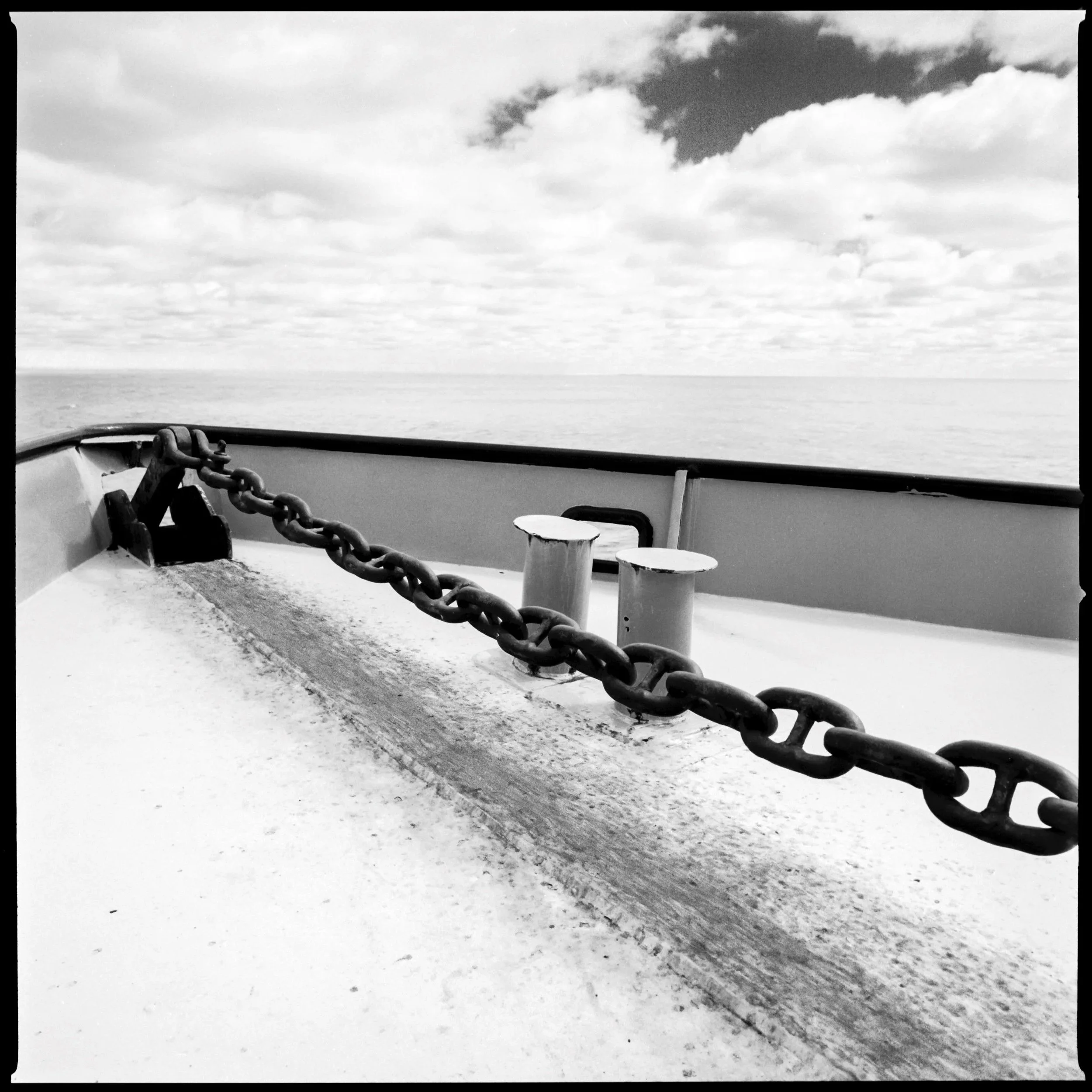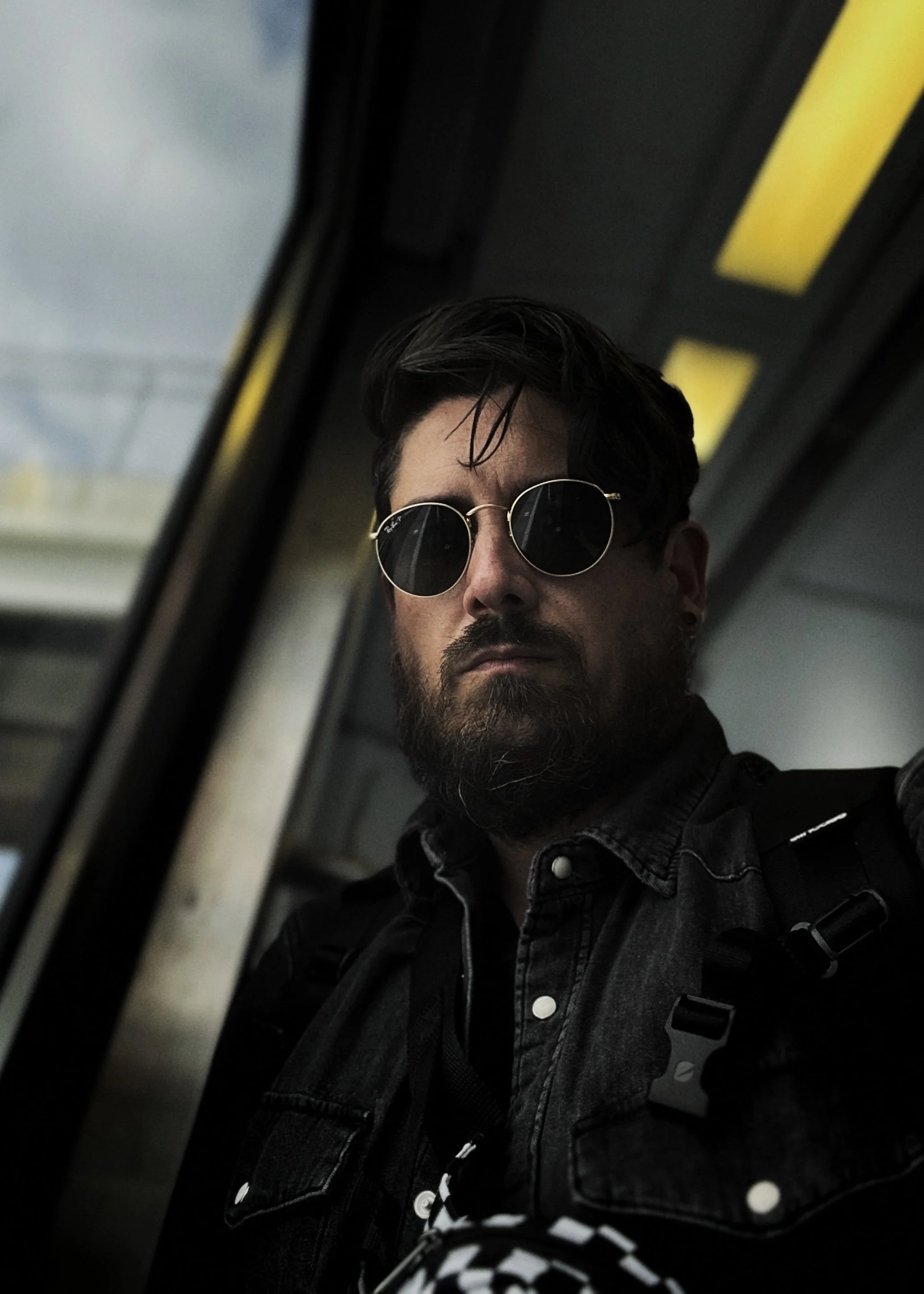
No Client. No Crew. Just a Camera.
by Beau Kester



Shot with my Hasselblad 501cm, and Kodak Portra. Each frame was a long exposure, 25 to 30 seconds. Time slowed. Meaning blurred. Nothing here is what it seems.
I found my love for filmmaking when I was eleven years old. It’s all I’ve ever wanted. That early obsession with motion and storytelling became a career. But photography was always there too, quietly running alongside. A parallel vessel. A way to feel like a kid again.
Today, the same obsession lives in two worlds: commercial campaigns for global luxury brands and cinematic documentaries rooted in authenticity, shaped with intention, and crafted to move people. While my work continues to evolve, the mission remains the same: show up, stay present, and tell the story that’s always been there, waiting to be seen.



Shot on my Hasselblad 501cm with Fujifilm Acros II 100.
Moments made in motion. No setups. No second takes. Just chasing LIGHT and letting instinct take the lead.
Filmmaking is how I make sense of the world. It’s how I process what I see and what I feel. It's never just been a job to me. It's personal. For over twenty years, I’ve told stories through motion, chasing light, rhythm, and the quiet moments that no storyboard ever calls for. Most days on a film set, there’s an in-depth shot list, a tight schedule, a dozen decisions in the air. But when I’m holding a still camera, I remember how to play. How to explore. How to slow down and notice the small moments in between. Cinematography has taken me all over the world, but photography is what helps me feel those places in a much deeper way. It keeps me grounded in the spaces between the chaos. The part of me that shows up for the production is the filmmaker. But the part of me that sees something fleeting, that’s the photographer.


Shot on LOCATION in South Africa. Captured in between assignments, these frames reflect the quiet moments you don’t plan for but notice when you slow down and pay attention.
Some of my work is highly manufactured. In high-end commercial productions, especially for luxury brands, every shot is designed with intention and executed with precision. These moments are crafted frame by frame, and nothing is left to chance. But even in these tightly controlled environments, the goal is always the same, to make it feel authentic. That’s where the craft meets the emotion. My large documentary films, on the other hand, rely on instinct, awareness, and the ability to recognize patterns in real time. There’s no second take. You either catch the moment or you don’t. Photography is how I train for that. It sharpens my timing. It keeps me alert. It reminds me how to stay ready without forcing anything. That muscle, seeing without overthinking, is everything in the field.



Shot with my Hasselblad 501cm. These images sit in the space between stillness and suspense. Each frame feels like a held breath. where something has just happened or is about to. They share a quiet intensity, shaped by mood, not movement. They don’t demand your attention, but reward it the longer you stay.
Sometimes it’s my Leica M11, fast, responsive, and razor precise. Other days, it’s the Hasselblad 501cm, slower, heavier, deliberate. Film winding between my fingers feels like holding time itself. These cameras are more than tools. They’re extensions of me. I know their weight, their balance, their behavior. The Leica demands precision. The Hasselblad requires presence. Both ask different things of me, but neither feels foreign. They’re familiar, trusted, and completely woven into how I move through the world.



Shot with my Hasselblad 501cm and a Leica M4-P paired with Kodak Portra. There’s complexity hidden in simple shapes, repeated patterns, and fleeting moments. Each frame holds a quiet surprise if you slow down long enough to see it.
Every time I pick up a camera, I ask the same question. What is the story trying to tell me? That question drives everything. As a cinematographer, my job is to be a visual storyteller, and part of that means choosing the right frame to match the emotion. Different aspects ratios shape how a story feels. Some pull you in close. Others leave space to breathe. Some create tension. Others evoke stillness or intimacy. That shift changes how I shoot, and how the viewer experiences the image. Playing with those visual boundaries keeps my eye sharp and composition instinctive, no matter the medium.
This practice of switching formats, switching cameras, and staying loose keeps me from getting numb. In the commercial world, there’s pressure to deliver perfect work, fast. But perfection is the enemy of discovery. Photography is where I allow myself to fail, to experiment, to try something just because it feels right. That keeps my cinematography alive. That keeps me alive.



Shot with my Hasselblad 501cm and Leica M4-P with Kodak Portra 400 and Fujifilm Acros II 100. Each image plays with presence and absence. There is structure in the lines, shapes, and layers, but also a quiet tension. Figures slip behind corners. Objects ground the frame while pulling your eye somewhere else. Not memories. Just moments, barely caught.
I’ve shot for the brands you know, where the stakes are six-figures budgets and the margins for error are razor thin. But some of the most honest, resonant images I’ve ever made came with no client, no crew, and just a roll of Portra 400 or Acros in my coat pocket.
Photography isn’t my hobby. It’s my reset button. It’s where the noise cuts out and I hear myself again. That’s why I always have a camera on me, no matter where I go. Whether I’m on assignment in Africa or off on a weekend adventure with my wife and kids, it has to be with me. Those are the moments I want to keep. The gear I trust becomes part of that rhythm. Owl Krown straps make that possible: durable, comfortable, and trustworthy. When you're traveling the world or chasing fleeting light, the last thing you want to think about is whether your gear is secure. I don’t think about it. I just move.
ABOUT THE ARTIST
BEAU KESTER, CINEMATOGRAPHER AND DIRECTOR
Beau Kester is an award-winning director, cinematographer, and creative strategist who travels the world creating work that spans luxury commercial campaigns and emotionally driven documentary films. With over two decades of experience, he has partnered with globally recognized brands including Ferrari, Vogue, Formula 1, BMW, Lotus, and Four Seasons.
As both a director and cinematographer, Beau shapes visual narratives from the ground up, working closely with creative teams to build concepts that connect emotionally and land with impact. His ability to move seamlessly between polished commercial sets and more raw, story-driven environments makes him a trusted collaborator for brands looking to make a lasting impression.
Known for his ability to blend technical precision with visual storytelling, Beau’s work moves fluidly between high-end commercial sets and intimate, character-driven nonfiction films. His approach balances structured production with a deep respect for authenticity, capturing both the composed and the unscripted with equal clarity.
Beau served as Director of Photography on his latest feature documentary, The Britto Doc, created in partnership with Emmy Award–winning Muse Storytelling. The film combines celebrity interviews, vérité-style footage, and stylized visuals to explore artist Romero Britto’s global impact and creative legacy. Pre-Order is available now with the release on Apple TV and Amazon Prime on August 26, 2025.
Learn more at www.beaukester.com
Instagram: @beau.kester
The Britto Doc (Apple TV)

